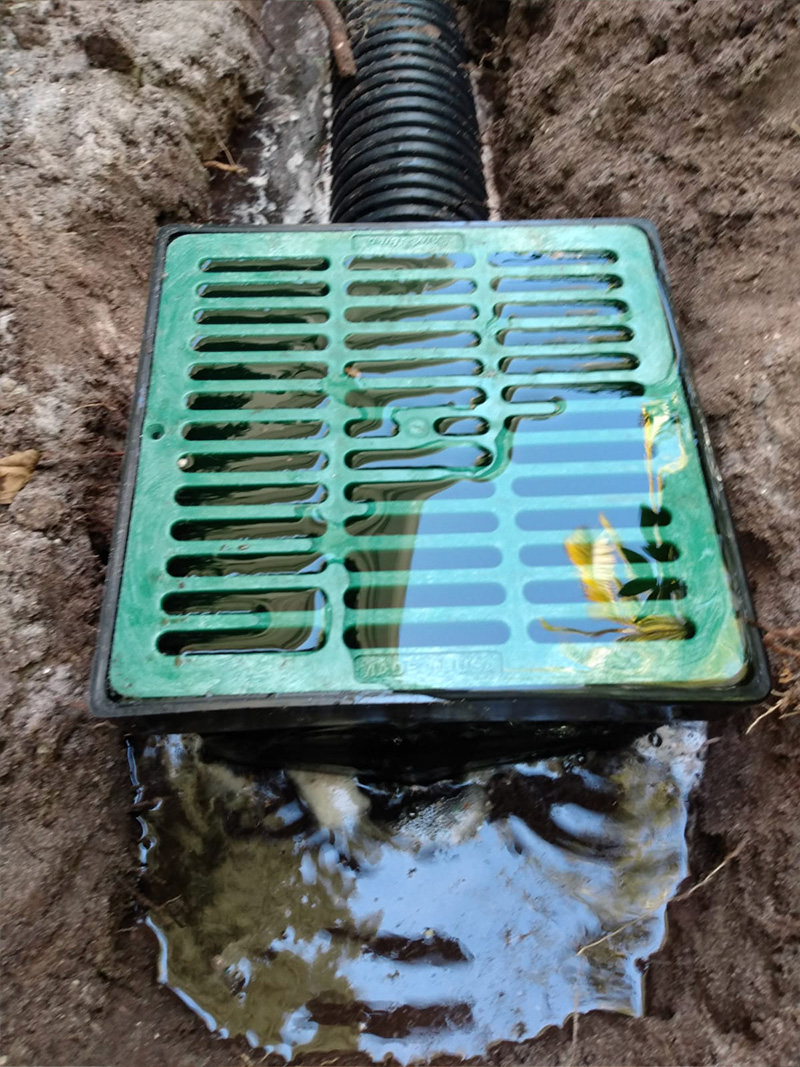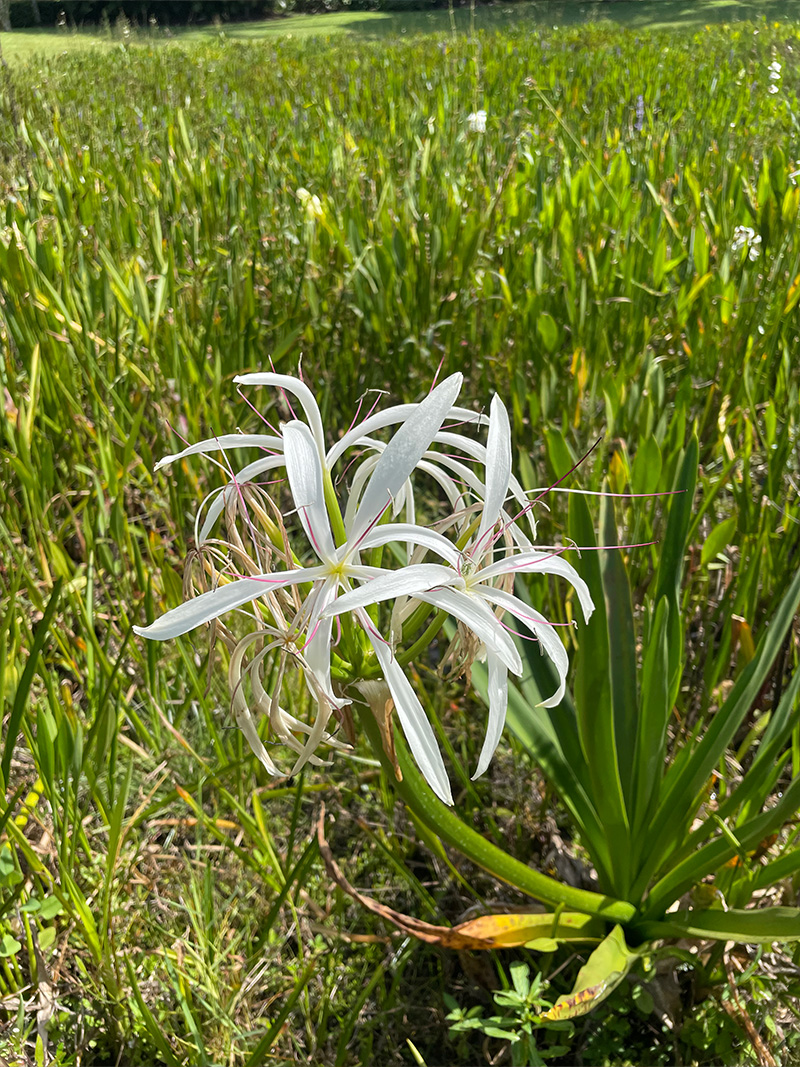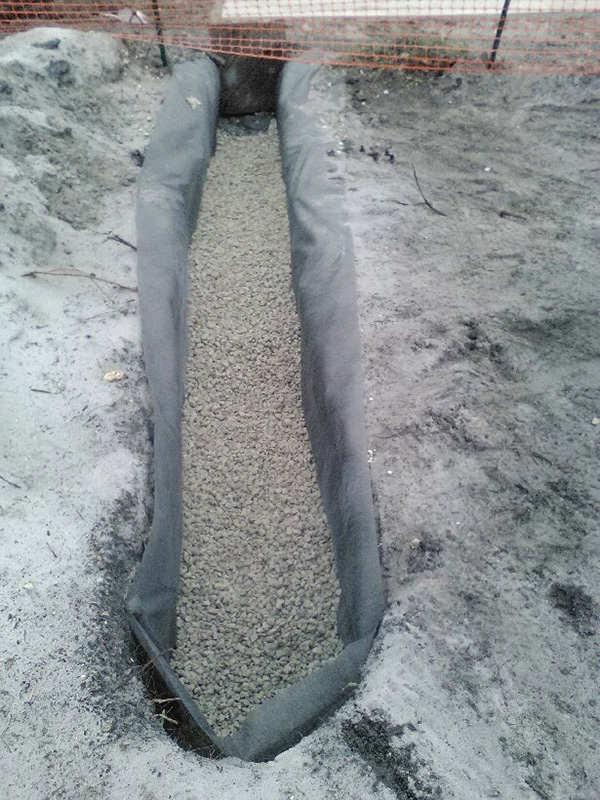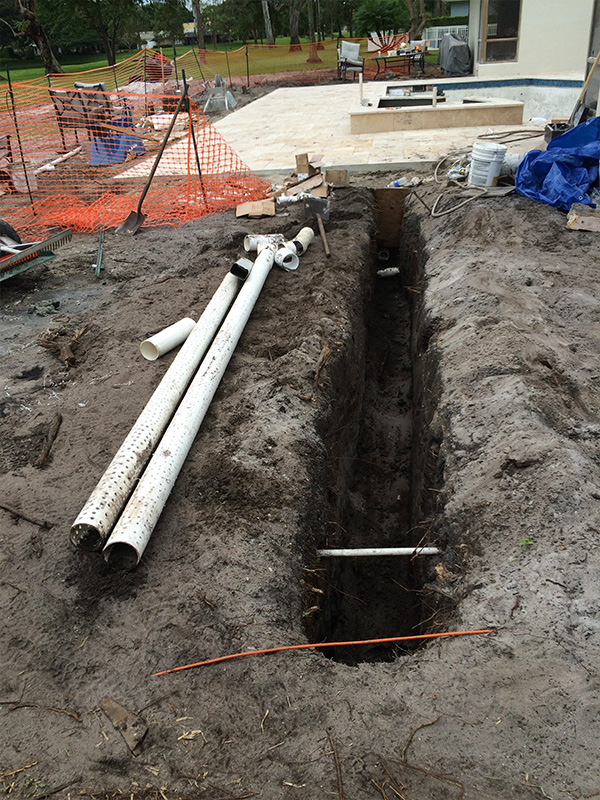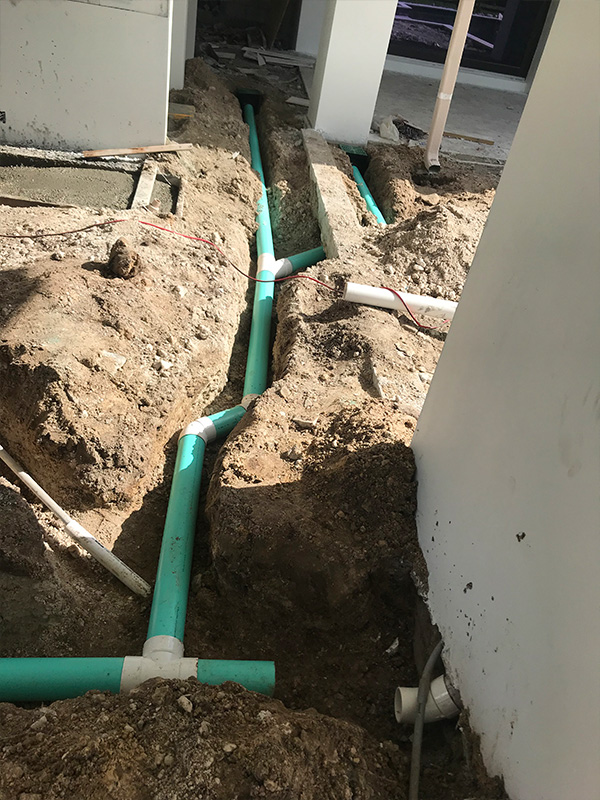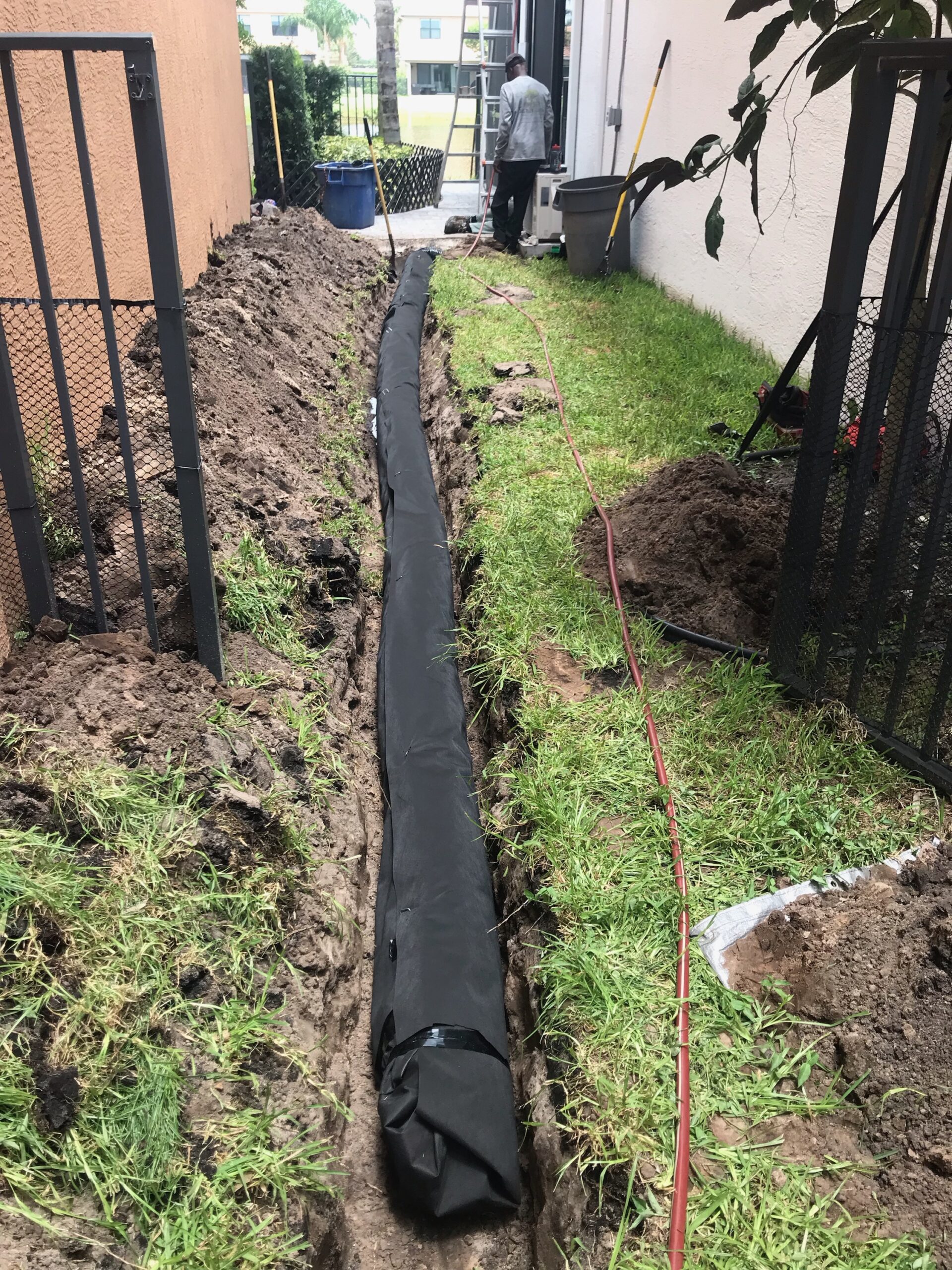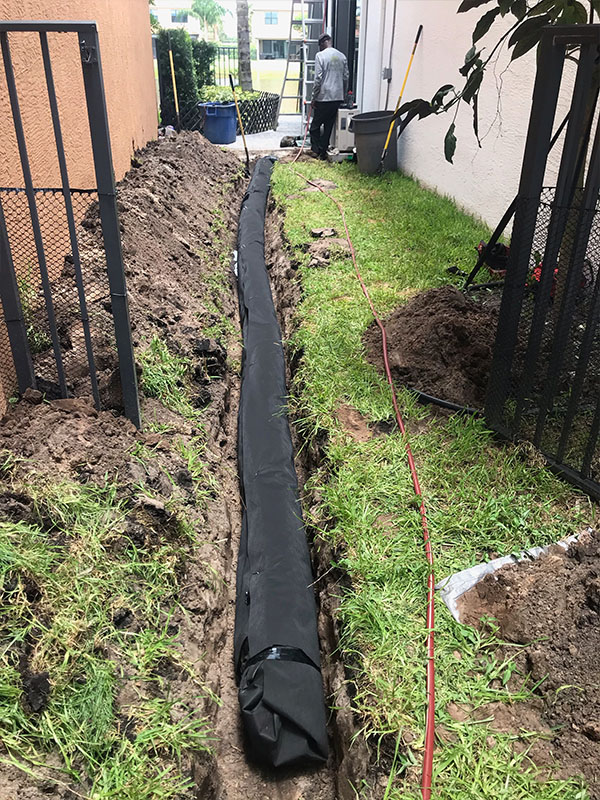Rain gardens are sustainable drainage solutions.
Rain gardens are very much like swales. A swale is an area that rain water will naturally flow into by way of slopes leading to areas of lower elevation in the landscape. Plants and rocks both filter the water. What is not used right away is stored underground or flows at a slow rate to the local water table. By mimicking the natural absorption and pollutant removal abilities of a forest, meadow or prairie, rain gardens can absorb runoff, and do so as much as 40% more efficiently than a lawn. Directing rainwater to a rain garden, holding it and then allowing it to slowly release into the soil, allows water from a large storm to be slowed and cleaned – quickly, neatly and naturally. Rain gardens prevent erosion control by capturing, storing, and using the water runoff that would normally rapidly flow down slope, removing substantial amounts of earth with it. The slow and balanced flow that a rain garden facilitates will lower impact of any runoff. Installing a rain garden in an appropriate site can save homeowners from very potential issues such as topsoil erosion, groundwater pollution, and flooding.

